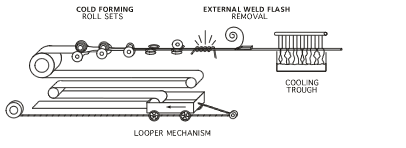Ym1401King
Bronze Member
I am thinking of building a rear blade for my tractor. I am thinking about using a piece of 2x4x1/4" thick square tube that is 28" long, and then put in a piece of 1 1/4" pipe as a collar (cutting a hole in tube, and welding in the collar). Then I will have a piece of solid 1" rod as the king pin on the pin inside of the collar that was mentioned before. I will then have 2 pieces of plate bent to follow the curvature of the blade, as one for the top collar (on the blade for the 1" pipe to go through), and then one on the bottom for the bottom attachment to the blade. I also, will have a plate of 1/4" thick welded to the top of the king pin, floating on top of the square tube, and will have the directional rotation holes punched in the plate, to match the one hole in the tube. There will be a pin inserted there for the right and left angles of both push and drag. I then will fabricate the front of it, to match my cat. 1 3-pt hitch, the front of the square tube. What I am curious about, is my friend tells me that the square tube will bend while pulling or pushing snow. I can't see this happening, unless I hit a snow bank at about 70 mph., which my little Yanmar won't do. I am making the blade 4' wide. I will be using a piece of schedule 40 pipe, cut at an angle for the blade facing, with a bolted cutting edge on the bottom of it.
Does anyone have any other ideas, or do I not make sense? I am also debating on putting a grease zerk on the collar, so that I can put grease in there for the pin to rotate in. There will also be a collar welded onto the pin so that the blade won't rub on the bottom of the square tubing.
Hope this makes sense.
Aric
YM1401/w3tcompact/icons/king.gif
Does anyone have any other ideas, or do I not make sense? I am also debating on putting a grease zerk on the collar, so that I can put grease in there for the pin to rotate in. There will also be a collar welded onto the pin so that the blade won't rub on the bottom of the square tubing.
Hope this makes sense.
Aric
YM1401/w3tcompact/icons/king.gif
